The Outback is one of the older model lines of Subaru still in existence. It was introduced during the 1990s, initially as a derivative of the Legacy but separated to become a model line of its own in 1999 with the second generation.
Subaru has had a strong legacy in stationwagons which goes back to the 1970s. Like the Forester, the Outback continued the brand’s strong association with such vehicles, which evolved into ‘crossover stationwagons’. This gave them a useful differentiation from the growing number of SUVs and crossover SUVs that appeared from the 1990s onwards, allowing Subaru to establish its own niche.
![Subaru Outback [2024]](https://www.motaauto.com/wp-content/uploads/2024/09/Subaru-Outback-2024-2.jpg)
The current generation is the sixth one, which had its debut in late 2019 for the North American market where Subaru is strong. Other markets (including Japan) began to get it progressively from 2021 onwards as 2020 was the year of reduced activity globally due to the COVID-19 pandemic.
Two versions available
It will soon be in the Malaysian market as Motor Image, the distributors of Subaru vehicles for some 20 years, today previewed the new model. Two versions will be offered – the Outback 2.5i-T and the flagship Outback 2.4 XT Touring.
As both are CBU (completely built-up) imports, they are subject to high import duties, pushing their prices (excluding insurance) to RM280,390 for the 2.5i-T and RM310,390 for the 2.4 XT Touring.
![Subaru Outback 2.4 XT Touring [2024]](https://www.motaauto.com/wp-content/uploads/2024/09/Subaru-Outback-2.4-XT-Touring-2024-3.jpg)
Design-wise, the Outback maintains the same crossover style that can either be seen as a stationwagon or as a SUV. It has some elements of the XV with the signature C-shaped running lights (on the lower corners) that actually go back longer than many other models in the market.
![Subaru Outback 2.4 XT Touring [2024]](https://www.motaauto.com/wp-content/uploads/2024/09/Subaru-Outback-2.4-XT-Touring-2024-1-1.jpg)
![Subaru Outback [2024]](https://www.motaauto.com/wp-content/uploads/2024/09/Subaru-Outback-2024-1.jpg)
To emphasise the rugged side of the model, there are pseudo protective elements like skidplates front and rear and protective cladding below the doors. For those who have a lot of gear or want to transport bicycles or kayaks, the roof rails include cross-bars that can take a heavy load.
![Subaru Outback [2024]](https://www.motaauto.com/wp-content/uploads/2024/09/Subaru-Outback-2024.jpg)
Faithful to Boxer engine
Subaru’s faithfulness to the Boxer engine continues to this day after having made its debut in 1966. Over almost 60 years, the automaker has continued to improve and refine it. Numerous variants have been developed over the years to power different models and the one in the Outback 2.4 XT is the FA24 which also powers the Ascent, Legacy and WRX.
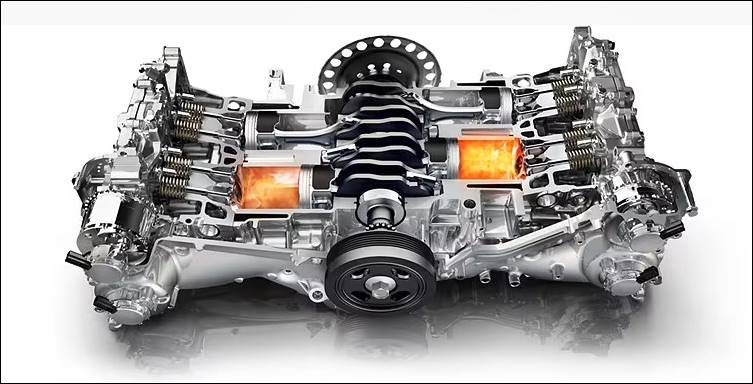
Maximum output from this engine, which is turbocharged, is 249 ps/350 Nm which goes through a Lineartronic 8-speed CVT to all four wheels.
![Subaru Outback 2.4 XT Touring [2024]](https://www.motaauto.com/wp-content/uploads/2024/09/Subaru-Outback-2.4-XT-Touring-2024-1.jpg)
Symmetrical All-Wheel Drive
While the early Subarus with 4WD had basic drivetrains, today’s models have a substantially evolved Symmetrical All-Wheel Drive (AWD) system with Active Torque Split. As with the Boxer engine, this drive system is one of the features that has kept Subaru ‘different’ from other Japanese brands.
Introduced with the futuristic-looking Alcyone XT in 1987, the system dynamically adjusts torque distribution between front and rear with bias towards the front (60:40) on neutral surfaces.
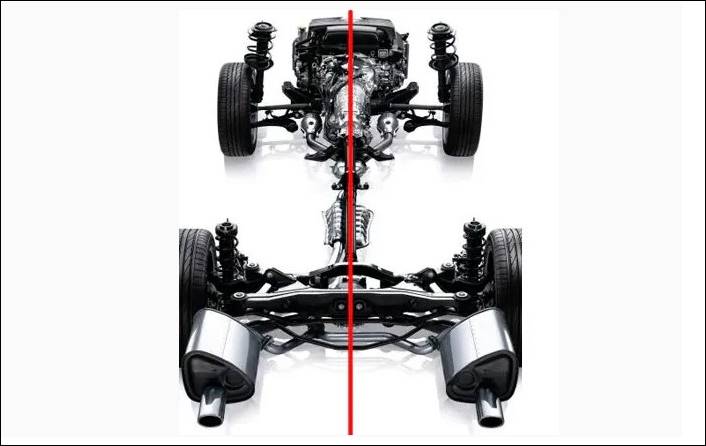
Unlike many other AWD systems, Subaru’s system is more pro-active and doesn’t wait to react to slip before adjusting torque. Sensors constantly monitor the changes in grip of each tyre as well as vehicle speed and g-forces to change torque distribution almost instantly.
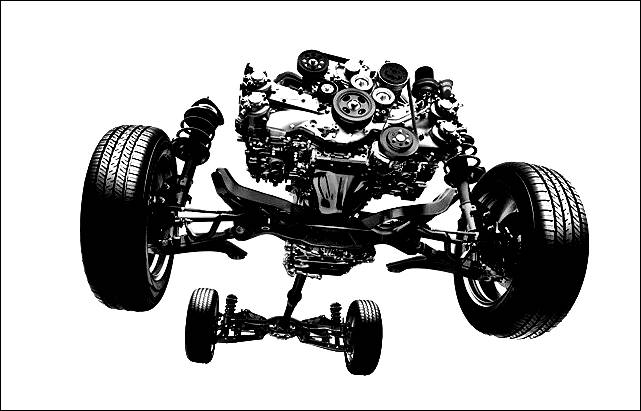
Dual Function X-Mode
The Outback also comes with Dual Function X-Mode which complements the Symmetrical All-Wheel Drive system. When needed, the driver can activate it and the on-board computer will intelligently adjust engine output (especially torque) and other operations to achieve the best traction, stability and control on all kinds of surfaces.
The Dual Function refers to the two models available – Snow/Dirt and Deep Snow/Mud. As can be seen, snow seems to be a priority and this must be influenced by the popularity of Subaru in the colder regions. In snowy conditions, the system works to maintain stability while on muddy or soft terrain, it prevents wheelspin so the vehicle can move forward without getting stuck.
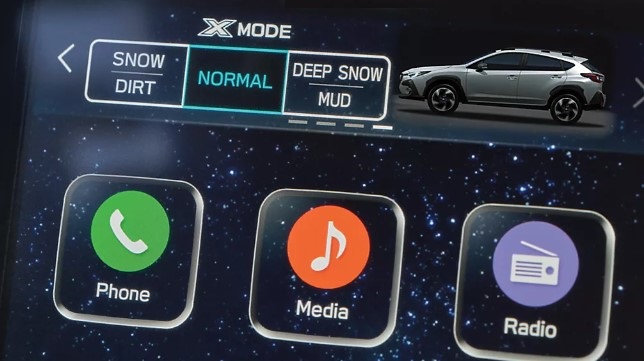
Subaru’s popularity in North America can be attributed to its AWD systems which were available as far back as the 1970s. Owners in areas with a lot of snow and ice came to appreciate the grip and stability that Subarus had, securing brand loyalty up till today.
Naturally-aspirated engine also available
The 2.5i-T, which also has the Symmetrical All-Wheel Drive system, uses a naturally-aspirated engine. With a 2498 cc displacement and direct fuel injection, this engine produces 188 ps/245 Nm. The lower output means the vehicle can get up to a claimed 206 km/h, 15 km/h less than the turbocharged 2.4 XT. But it also consumes less fuel and can go up to 13.7 kms/litre, whereas the more powerful engine has a claimed consumption of 11.1 kms/litre.
Premium, high-quality interior
The price of the 2.4 XT is undeniably steep but stepping into the cabin may help to dissipate the feeling. The fit and finish all round are of high quality, with premium materials used. Nappa leather is standard and the high-end audio system from Harmon Kardon with no less than 11 speakers. Android Auto and Apple CarPlay connectivitiy are, of course, provided.
The steering wheel is heated – not what we need in Malaysia – probably because it was part of a factory package that included the electric sunroof. For the money paid, the tailgate is, of course, powered and also operates handsfree.
![Subaru Outback 2.4 XT Touring [2024]](https://www.motaauto.com/wp-content/uploads/2024/09/Subaru-Outback-2.4-XT-Touring-2024-5.jpg)
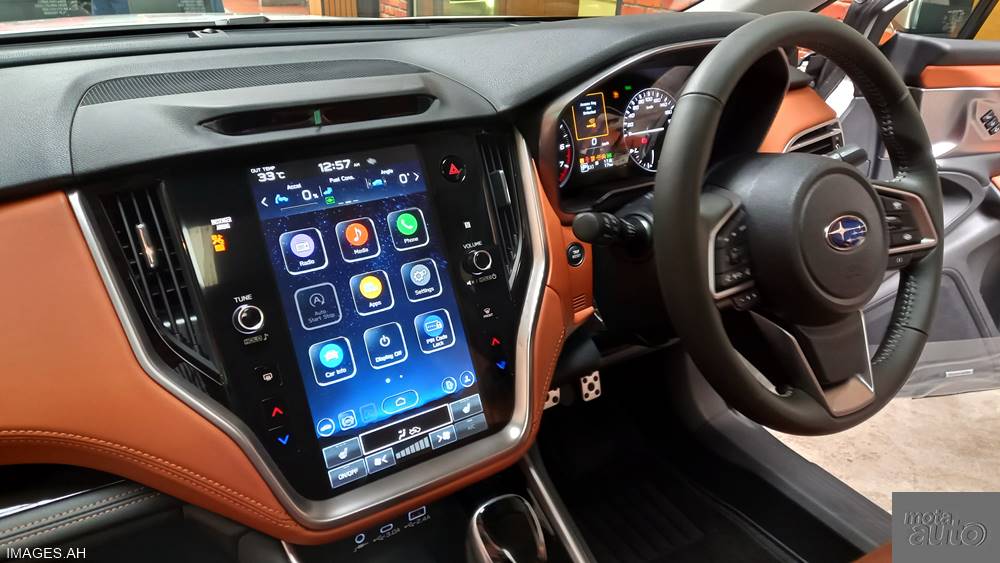
![Subaru Outback 2.4 XT Touring [2024]](https://www.motaauto.com/wp-content/uploads/2024/09/Subaru-Outback-2.4-XT-Touring-2024-6.jpg)
![Subaru Outback 2.4 XT Touring [2024]](https://www.motaauto.com/wp-content/uploads/2024/09/Subaru-Outback-2.4-XT-Touring-2024-7.jpg)
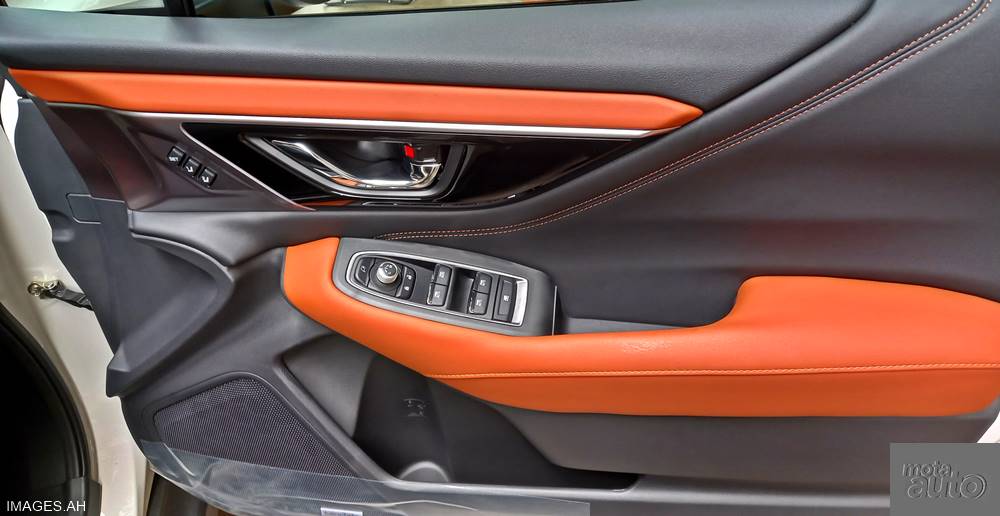
Subaru Eyesight 4.0
Long before ‘ADAS’ (Advanced Driver Assistance Systems) came to be used by the industry as a marketing acronym for a suite of active safety systems, Subaru already had such a concept for its many of its models. However, most people don’t realise it was the pioneer because it called its system – which was introduced in 2008 – Eyesight.
The early Eyesight system, which had two cameras on the top of the windscreen to scan the road ahead, had features such as pre-collision warning and automatic emergency braking. Over time, it was improved with new technologies and the addition of radar to expand its capabilities.
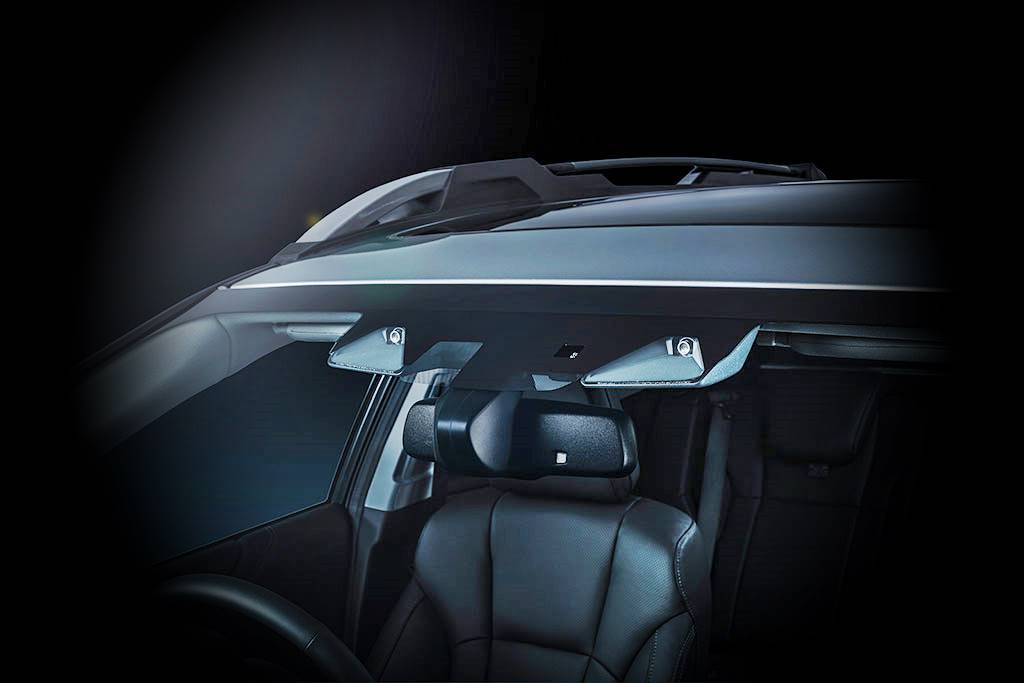
The version in the latest Outback is the 4th generation of Eyesight which is more intuitive. Its two cameras have a wider field of view and ‘see’ further and with more clarity for better image processing. With adaptive cruise control, lane centering and other functions, the Eyesight 4.0 system is considered a to be Level 2 ADAS which allows for semi-autonomous driving.
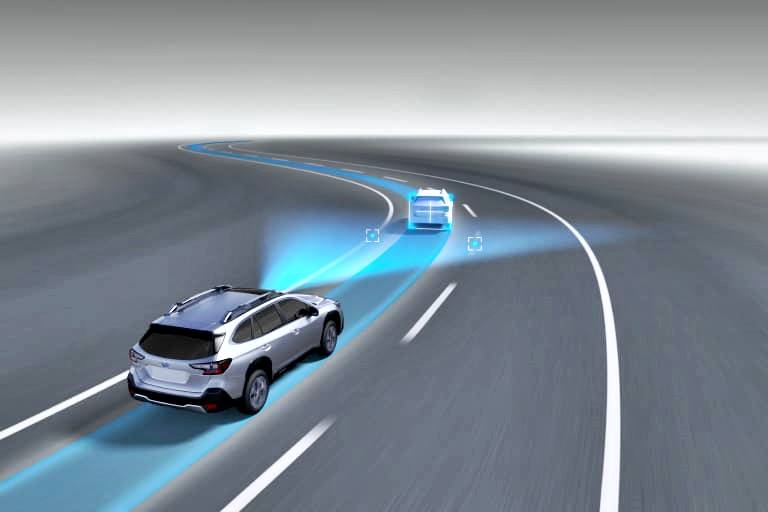
Extra eyes
In most cars with ADAS, the driver is alerted by sounds when approaching a car ahead too quickly, with a high risk of collision. The Outback also has this but to supplement the sounds is the Eyesight Assist Monitor which uses lights to alert the driver (Volvos also had this) in various situations where there may be danger. Subaru says it gives ‘extra eyes’ to the driver.
The system has lights (red, green and yellow) in a slot above the centre display panel which indicate the activation and status of the various Eyesight active systems. If there are red lights, it means that the pre-collision warning and obstacle detection are active, which could mean that automatic emergency braking might occur. A yellow flashing light on the left or right side will alert the driver that the vehicle is leaving the lane in an unintended manner (and which side it is doing so).
![Subaru Outback 2.4 XT Touring [2024]](https://www.motaauto.com/wp-content/uploads/2024/09/Subaru-Outback-2.4-XT-Touring-2024-2.jpg)

![Subaru Outback 2.4 XT Touring [2024] Subaru Outback 2.4 XT Touring [2024]](https://www.motaauto.com/wp-content/uploads/2024/09/Subaru-Outback-2.4-XT-Touring-2024-4-696x381.jpg)

